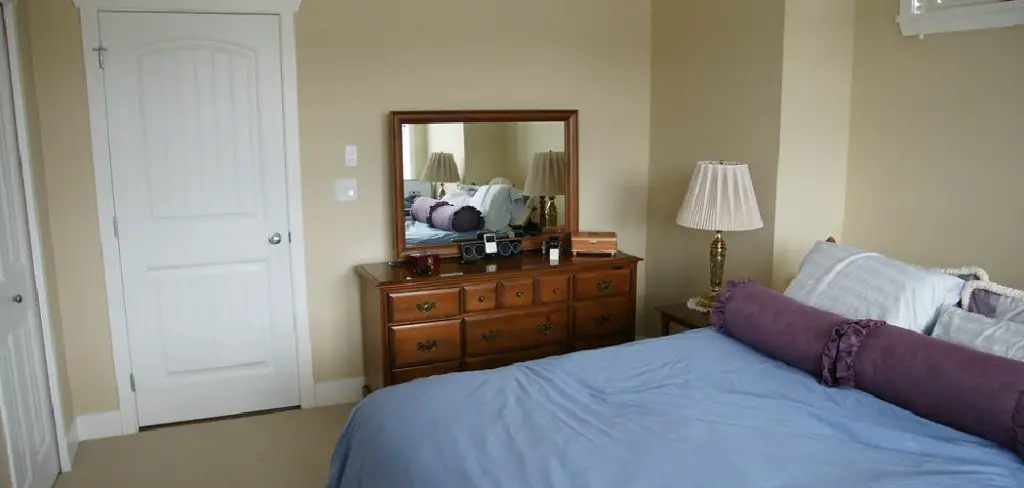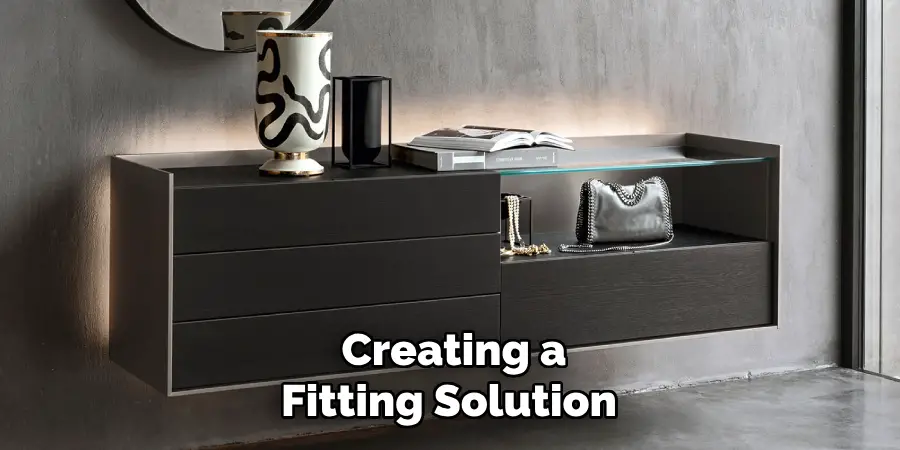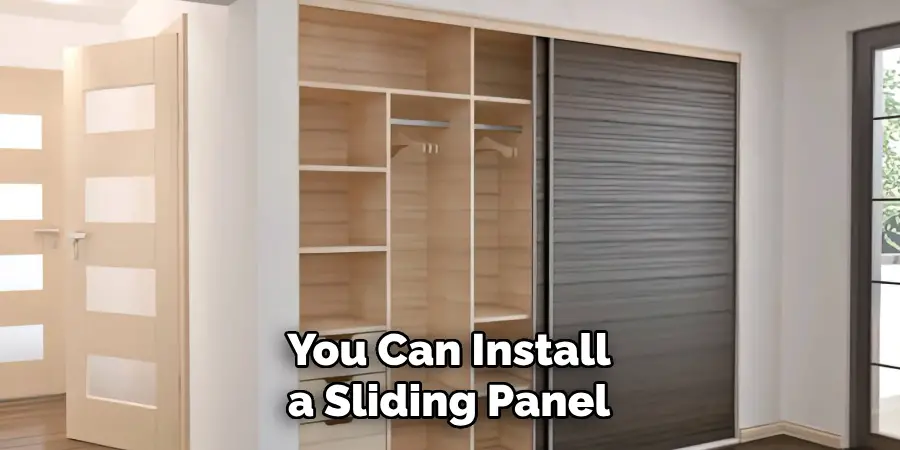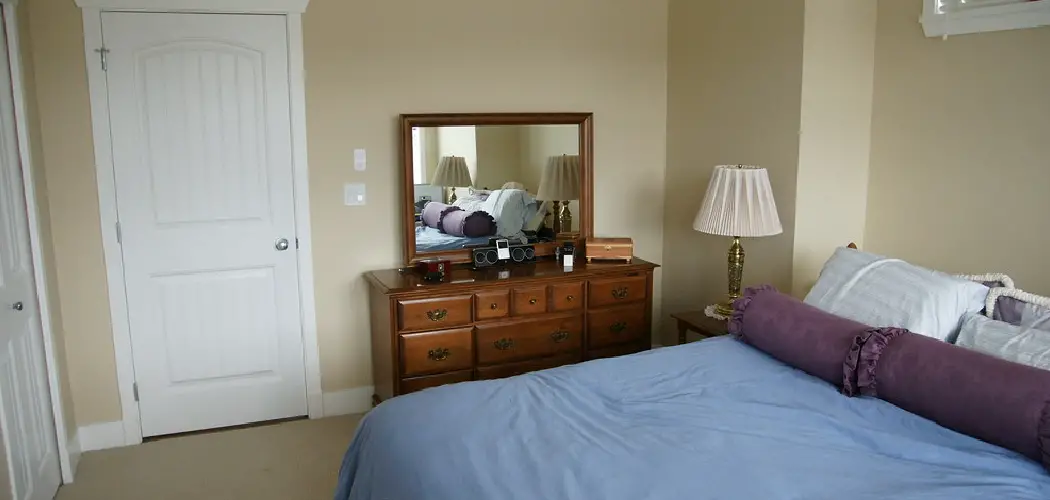When arranging furniture in a room, one common issue that arises is the gap between a dresser and the wall. This space can often become a nuisance, collecting dust or causing items to fall behind the dresser unnoticed. Additionally, it may affect the overall aesthetic of the room, making it look less polished. This guide explores the key aspects of how to cover gap between dresser and wall. Fortunately, there are several practical and creative solutions to close this gap, ensuring a cleaner, more organized, and visually appealing living space.

Whether you are looking for a temporary fix or a more permanent solution, the following methods can help you achieve a seamless transition between your dresser and the wall.
Common Issues Caused by Gaps
The gap between a dresser and the wall can lead to several common issues that affect both functionality and appearance. Firstly, this space often becomes a magnet for dust, making it difficult to clean and maintain a tidy environment. Without regular cleaning, dust accumulation can exacerbate allergies and affect indoor air quality. Secondly, small items like socks, jewelry, or important papers can easily slip into the gap, which not only results in frustration when these items go missing, but can also be challenging to retrieve.
Additionally, the gap can compromise the room’s aesthetic appeal, as it disrupts the sleek lines and symmetry of carefully arranged furniture. In some cases, these gaps may even cause furniture to become unstable, increasing the risk of tipping if the dresser is not anchored securely. Addressing these gaps can significantly enhance both the functionality and appearance of your living space.
Measuring the Gap Accurately
To effectively address the gap between your dresser and the wall, it is essential to start with precise measurements. Begin by using a tape measure to assess the width of the gap at various points along the length of the dresser. This will ensure that you obtain the most accurate measurement, as walls and furniture may not always be perfectly straight or aligned. Make sure to measure both the top and bottom of the gap as well, as they can differ.

Record these measurements carefully. Additionally, take note of the height and depth of the dresser to select a solution that seamlessly integrates with your existing setup. Proper measurements are crucial for finding or creating a fitting solution that not only fills the gap but also complements the room’s design.
10 Methods How to Cover Gap between Dresser and Wall
1. Use Foam Gap Fillers
One of the most straightforward solutions to cover a gap between your dresser and the wall is to use foam gap fillers. These are flexible, lightweight strips of foam that can be cut to size and placed in the space between the wall and the furniture. Foam gap fillers are especially effective for smaller gaps, and they prevent dust and small objects from falling into the space. They are also easy to install and remove, making them a practical option for renters or anyone who may need a temporary solution.
2. Install a Custom-Made Back Panel
For a more permanent and polished solution, consider installing a custom-made back panel. This involves measuring the gap and creating a wood or MDF panel that matches the height and width of the space behind the dresser. Once cut to size, you can paint or finish the panel to match the dresser or the wall. The back panel can be screwed into place or secured with adhesive strips. This method not only covers the gap but also adds stability to the dresser by pushing it flush against the wall.
3. Use Caulk or Expanding Foam for Small Gaps
For smaller gaps, especially those less than an inch wide, caulk or expanding foam can be a highly effective solution. Caulk is ideal for narrow gaps where flexibility is needed, and it provides a seamless, clean finish once it dries. Expanding foam, on the other hand, is great for gaps that may vary in width, as it will expand to fill the space entirely. After applying expanding foam, you can trim any excess and paint over it to match the wall. Both of these methods are easy to implement and provide a durable solution for covering gaps.

4. Add a Shelf or Ledge Behind the Dresser
Another creative solution for covering a gap between your dresser and the wall is to install a narrow shelf or ledge behind the dresser. This not only closes the gap but also provides additional storage space. You can use the ledge to display decorative items, store small objects, or even keep electronic devices like phones or tablets. When installing the shelf, ensure it is sturdy and mounted securely to the wall. This method works best for medium-sized gaps and adds a functional element to your room.
5. Push the Dresser Closer to the Wall Using Furniture Sliders
If the gap between your dresser and the wall is caused by the dresser being too heavy to move easily, furniture sliders can help. Furniture sliders are small discs or pads placed under the legs of your dresser, allowing you to slide it closer to the wall without straining. These sliders can also help protect your floor from scratches. Once the dresser is pushed flush against the wall, the gap will disappear, and the sliders can be left in place to make future adjustments easier.
6. Install Trim or Molding
For a sophisticated and seamless finish, consider installing trim or molding along the edge of the dresser where it meets the wall. You can use baseboard molding or quarter-round trim to cover the gap and create a visually appealing border. This method works particularly well for larger gaps and gives the appearance of built-in furniture. The trim can be painted or stained to match your dresser or wall, ensuring a cohesive look. Trim or molding is relatively easy to install using adhesive or nails and can be removed or updated as needed.

7. Use Furniture Spacers
If the gap is caused by uneven floors or a dresser that doesn’t sit level, furniture spacers can help correct the issue. Furniture spacers are small, adjustable pads that are placed under the legs of the dresser to raise it to the desired height. By using spacers, you can eliminate the gap by leveling the dresser and pushing it closer to the wall. This method works well for gaps that are a result of sloped floors or uneven furniture legs and provides a stable and secure solution.
8. Use Decorative Fabric or Drapes
For a more decorative approach, consider using fabric or drapes to cover the gap. You can drape a piece of fabric or a table runner across the top of the dresser, allowing it to hang down behind the dresser and cover the gap. Choose a fabric that complements your room’s decor, and ensure that it is long enough to fully cover the space. This method adds a touch of softness and can be easily changed whenever you want to update your decor. It’s also a great solution if you want a temporary or non-permanent fix.
9. Create a Built-In Look with Filler Strips
If you want your dresser to appear as though it is built into the wall, you can use filler strips to achieve this effect. Filler strips are narrow pieces of wood or MDF that can be cut to size and installed on either side of the dresser to cover the gap. These strips can be painted or stained to match the dresser or the wall, giving the appearance of custom-built furniture. This method works best for larger gaps and provides a clean, professional finish that enhances the overall look of the room.
10. Install a Sliding Panel
For a more functional and innovative solution, you can install a sliding panel behind the dresser. A sliding panel can be attached to the back of the dresser or the wall and can be moved back and forth to cover or reveal the gap. This is a great option for people who need occasional access to the gap, such as to reach electrical outlets or cords behind the dresser. The panel can be made of wood, acrylic, or another material that matches your decor, and it can be designed to blend seamlessly with the dresser when closed.

Conclusion
Covering the gap between your dresser and the wall can be accomplished in a variety of ways, each with its own unique benefits. Whether you choose a simple fix like foam gap fillers or a more complex solution like custom-built panels, the key is to select a method that suits your needs and fits the aesthetic of your room. From decorative fabric to practical shelf installations, each of these ten methods offers a comprehensive solution for eliminating gaps and improving the look and functionality of your space. Thanks for reading, and we hope this has given you some inspiration on how to cover gap between dresser and wall!
About
Angela is the chief editor of Indoorense. She began her career as an interior designer before applying her strategic and creative passion to lifestyle and home.
She has close to 15 years of experience in creative writing and online content strategy for housekeeping and cleaning,home decorations as well as other efforts.
She loves her job and has the privilege of working with an extraordinary team. She lives with her husband, two sons, and daughter in Petersburg. When she’s not busy working she spent time with her family.

